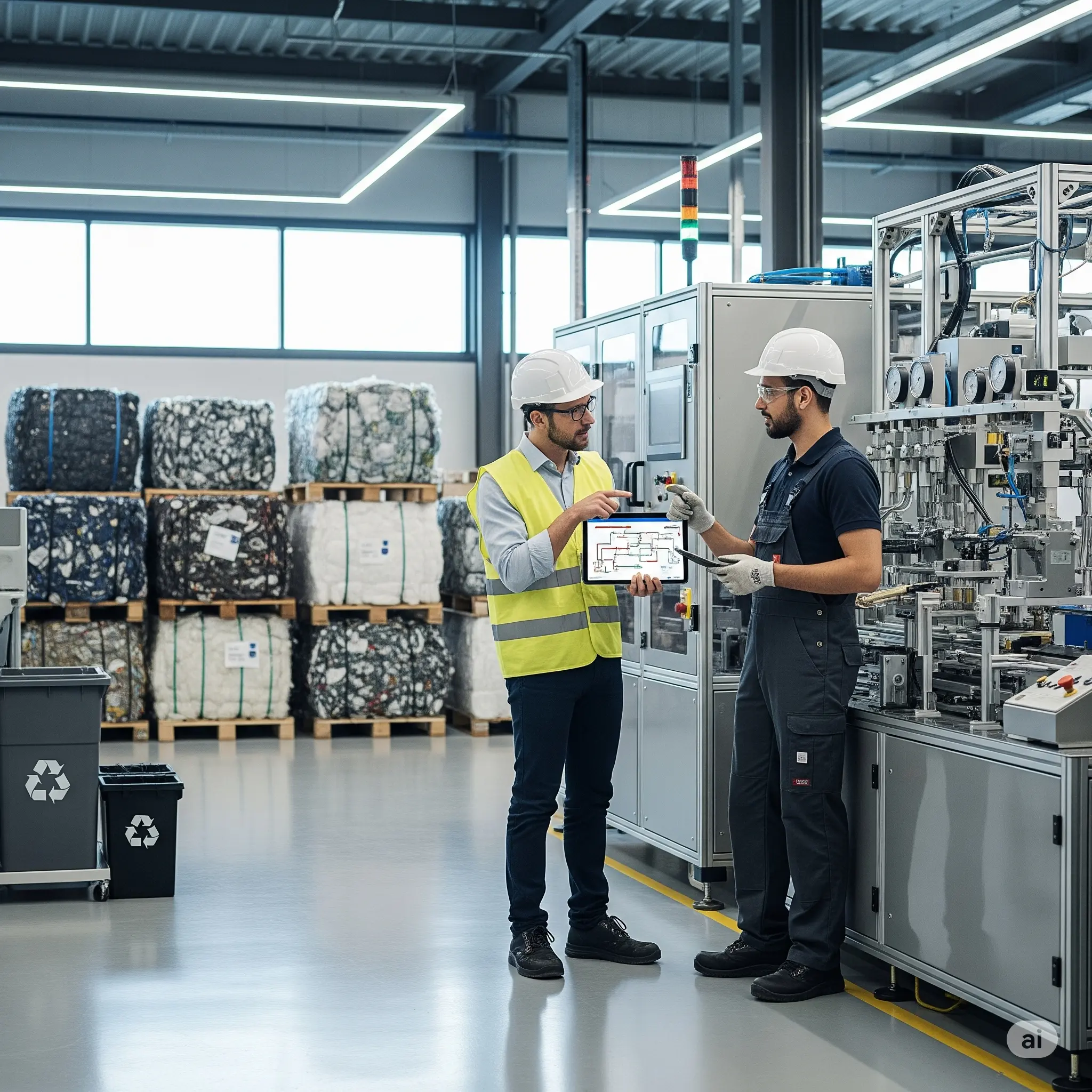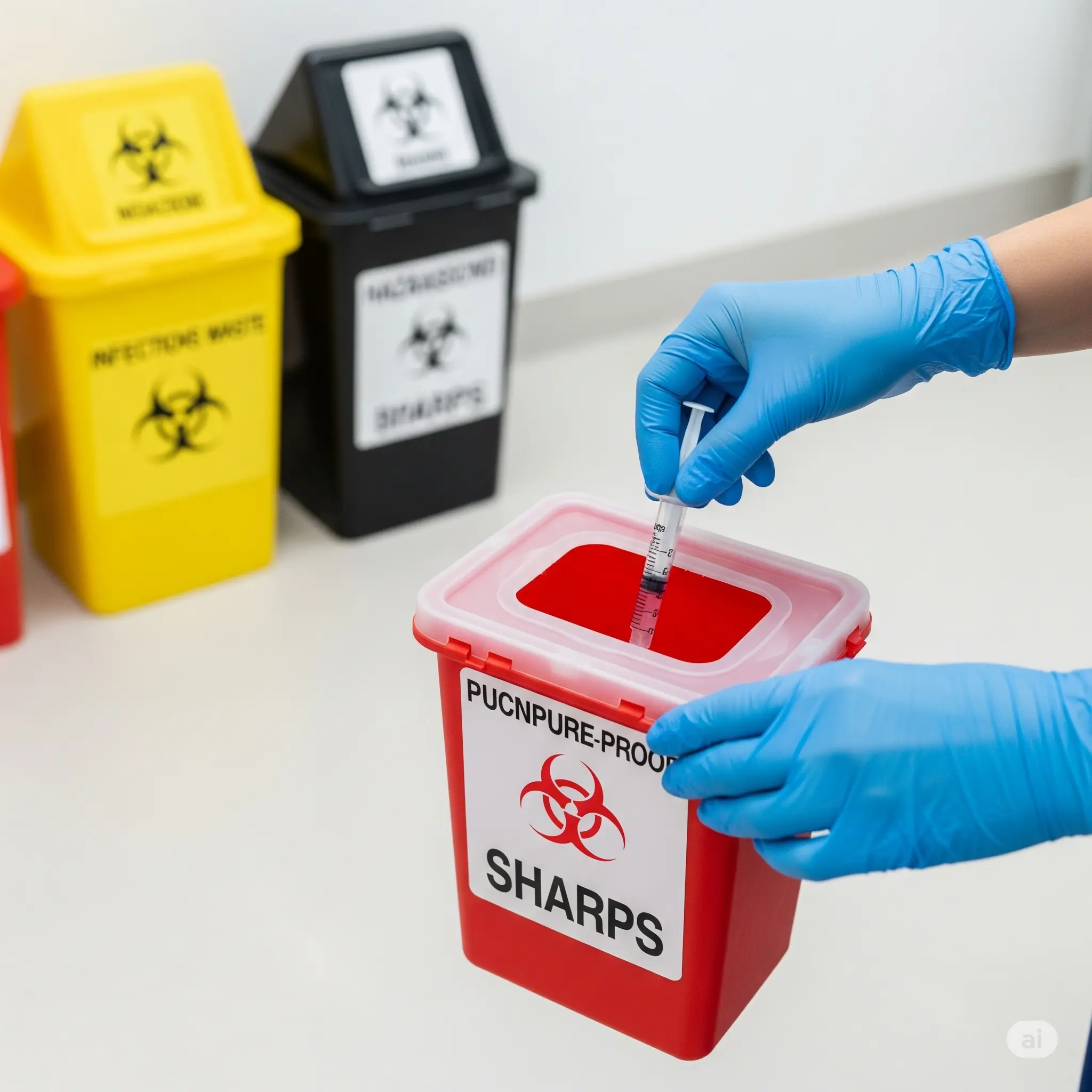Industrial sludge is a common byproduct of many manufacturing and wastewater treatment processes. However, due to its potential to contain hazardous materials, it is classified as a scheduled waste (often SW 204) in Malaysia. Therefore, proper industrial sludge disposal is not just an operational task—it’s a critical compliance requirement.
What is Industrial Sludge?
Industrial sludge is a semi-solid residue left over from various industrial processes. Its composition can vary widely, from non-hazardous organic material to sludge containing heavy metals, chemicals, and other contaminants. Because of this, the first step is always to characterize your sludge to determine its exact nature and official waste code.
Key Steps for Compliant Sludge Disposal
- On-Site Dewatering: First, sludge often contains a high percentage of water. On-site dewatering processes can significantly reduce its volume. This not only makes storage and transportation easier but can also dramatically lower your final disposal costs.
- Secure Containment: Next, you must store the dewatered sludge in secure, leak-proof containers or a designated, lined containment area. This prevents any hazardous components from leaching into the soil or groundwater.
- Engage a Licensed Contractor: You must partner with a DOE-licensed contractor who is authorized to handle your specific sludge waste code. They will have the specialized equipment, such as vacuum trucks, needed for safe collection and transport.
- Compliant Treatment and Disposal: Finally, the collected sludge is transported to a licensed facility. Depending on its composition, the treatment for industrial sludge disposal may involve solidification, incineration, or secure landfilling. Crucially, every step of this process must be documented with an e-Consignment note.
By following a compliant and professional process, you ensure that your industrial sludge is managed in a way that is safe, environmentally responsible, and legally sound.




